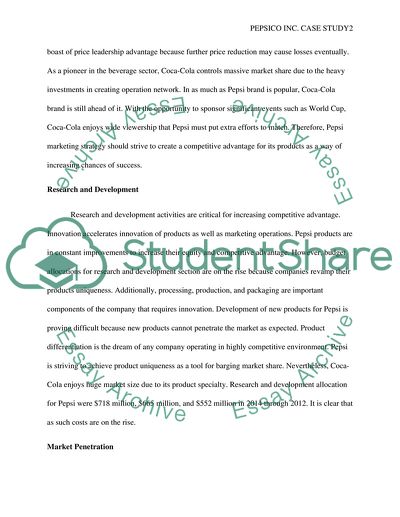Cite this document
(“PepsiCo Inc. Case Study Essay Example | Topics and Well Written Essays - 1250 words”, n.d.)
PepsiCo Inc. Case Study Essay Example | Topics and Well Written Essays - 1250 words. Retrieved from https://studentshare.org/marketing/1701554-pepsico-inc-case-study
PepsiCo Inc. Case Study Essay Example | Topics and Well Written Essays - 1250 words. Retrieved from https://studentshare.org/marketing/1701554-pepsico-inc-case-study
(PepsiCo Inc. Case Study Essay Example | Topics and Well Written Essays - 1250 Words)
PepsiCo Inc. Case Study Essay Example | Topics and Well Written Essays - 1250 Words. https://studentshare.org/marketing/1701554-pepsico-inc-case-study.
PepsiCo Inc. Case Study Essay Example | Topics and Well Written Essays - 1250 Words. https://studentshare.org/marketing/1701554-pepsico-inc-case-study.
“PepsiCo Inc. Case Study Essay Example | Topics and Well Written Essays - 1250 Words”, n.d. https://studentshare.org/marketing/1701554-pepsico-inc-case-study.


